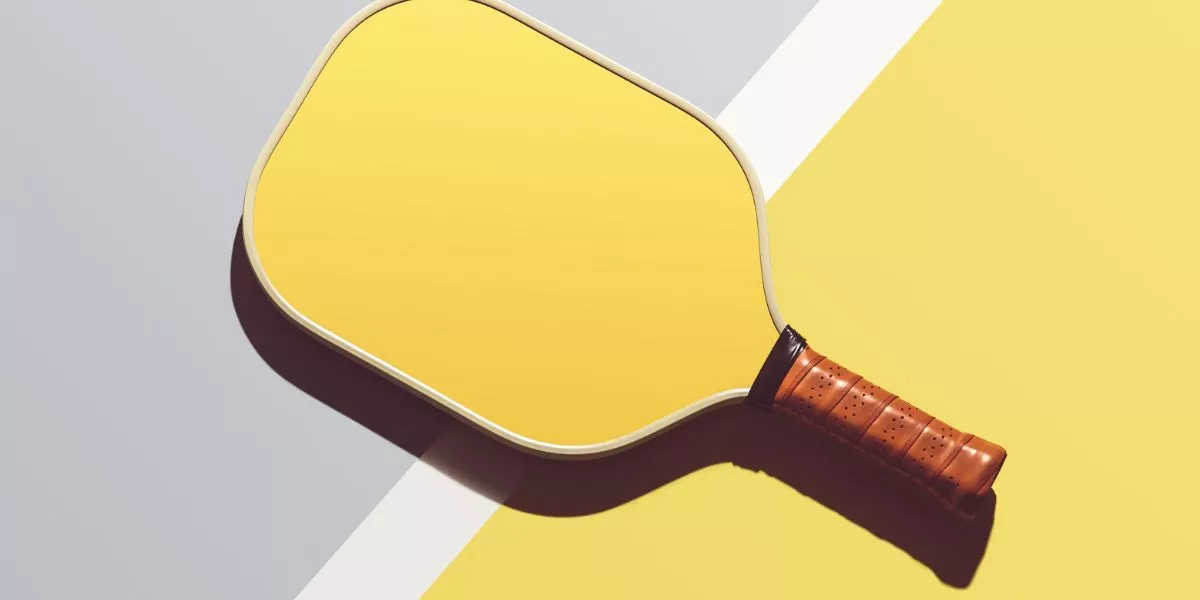
When selecting a pickleball paddle, the size and weight are critical factors that can significantly impact your game. The right combination can enhance your performance on the court, providing you with the edge you need to outplay your opponents. By carefully considering the size and weight of your paddle, you can tailor your equipment to suit your playing style and maximize your potential on the pickleball court. But how do you determine the perfect balance for your game? Let's explore the key considerations to help you make an informed decision that will elevate your gameplay to the next level.
Importance of Paddle Size
When choosing a pickleball paddle, the size plays a crucial role in your overall performance on the court. The size of the paddle head directly affects your hitting area. A larger paddle head provides a bigger sweet spot, making it easier to hit the ball accurately. On the other hand, a smaller paddle head offers more control and maneuverability but requires better accuracy from the player.
Moreover, the length of the paddle also impacts your reach and control during the game. A longer paddle can help you reach shots that are farther away, while a shorter paddle offers more precision and agility in your movements. It's essential to find a paddle length that complements your playing style and strengths on the court.
Lastly, grip size is another crucial aspect of paddle size to consider. The right grip size ensures a comfortable hold on the paddle, preventing injuries and enhancing your overall performance. Experimenting with different paddle sizes can help you find the perfect fit that maximizes your playing potential on the pickleball court.
Impact of Weight on Performance
Selecting the right weight for your pickleball paddle significantly influences your performance on the court. The weight of your paddle affects your power, control, and maneuverability during gameplay.
A heavier paddle can provide more power to your shots, allowing you to hit the ball harder and with greater force. However, this extra power may require more strength and can lead to quicker fatigue during extended play.
On the other hand, a lighter paddle offers increased maneuverability, making it easier to react quickly at the net and control the placement of your shots with precision. Lighter paddles are also gentler on your arm, reducing the risk of strain or injury.
Finding the right balance between power and maneuverability is crucial in selecting a paddle weight that complements your playing style and maximizes your performance on the pickleball court.
Choosing the Right Size
To ensure optimal performance in pickleball, consider the right size of your paddle. The size of your pickleball paddle plays a crucial role in your gameplay. Paddles typically range from 15 ½ to 16 inches in length and 7 ¾ to 8 inches in width. A larger paddle offers a larger sweet spot, providing more room for error when hitting the ball. However, larger paddles may be heavier and more challenging to maneuver, especially for players with smaller hands or less strength. On the other hand, smaller paddles offer increased control and maneuverability but may have a smaller sweet spot, requiring more precision in your shots.
When choosing the right size paddle, consider your playing style and physical capabilities. If you prefer power shots and have the strength to handle a larger paddle, opt for one on the bigger end of the spectrum. For players who prioritize finesse and control, a smaller paddle may be more suitable. Experiment with different sizes to find the paddle that best complements your playing style and enhances your performance on the court.
Finding the Optimal Weight
Consider your playing style and physical capabilities to determine the optimal weight of your pickleball paddle. The weight of a paddle can significantly impact your performance on the court. A lighter paddle, typically ranging from 6.5 to 7.5 ounces, offers increased maneuverability and control, making it ideal for finesse players who rely on quick reactions and precise shots. On the other hand, a heavier paddle, usually between 7.5 to 9.5 ounces, provides more power and stability, benefiting players who prefer aggressive play styles and stronger shots.
If you find yourself struggling to generate enough power in your shots, opting for a slightly heavier paddle might help enhance your performance. Conversely, if you feel fatigued or lack control during long matches, a lighter paddle could be the solution. It's essential to test different weights to determine which one feels most comfortable and complements your playing style. Remember, the optimal weight is subjective and varies depending on individual preferences and abilities.




